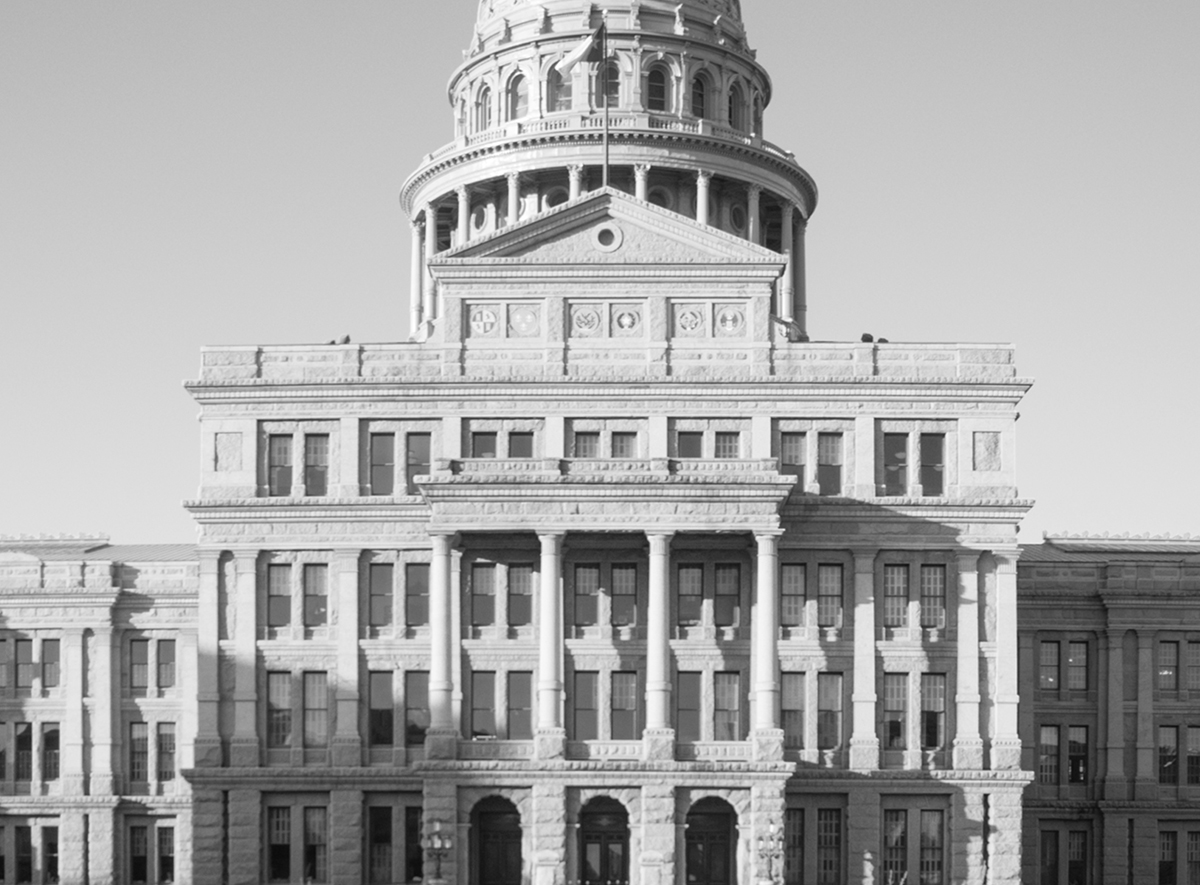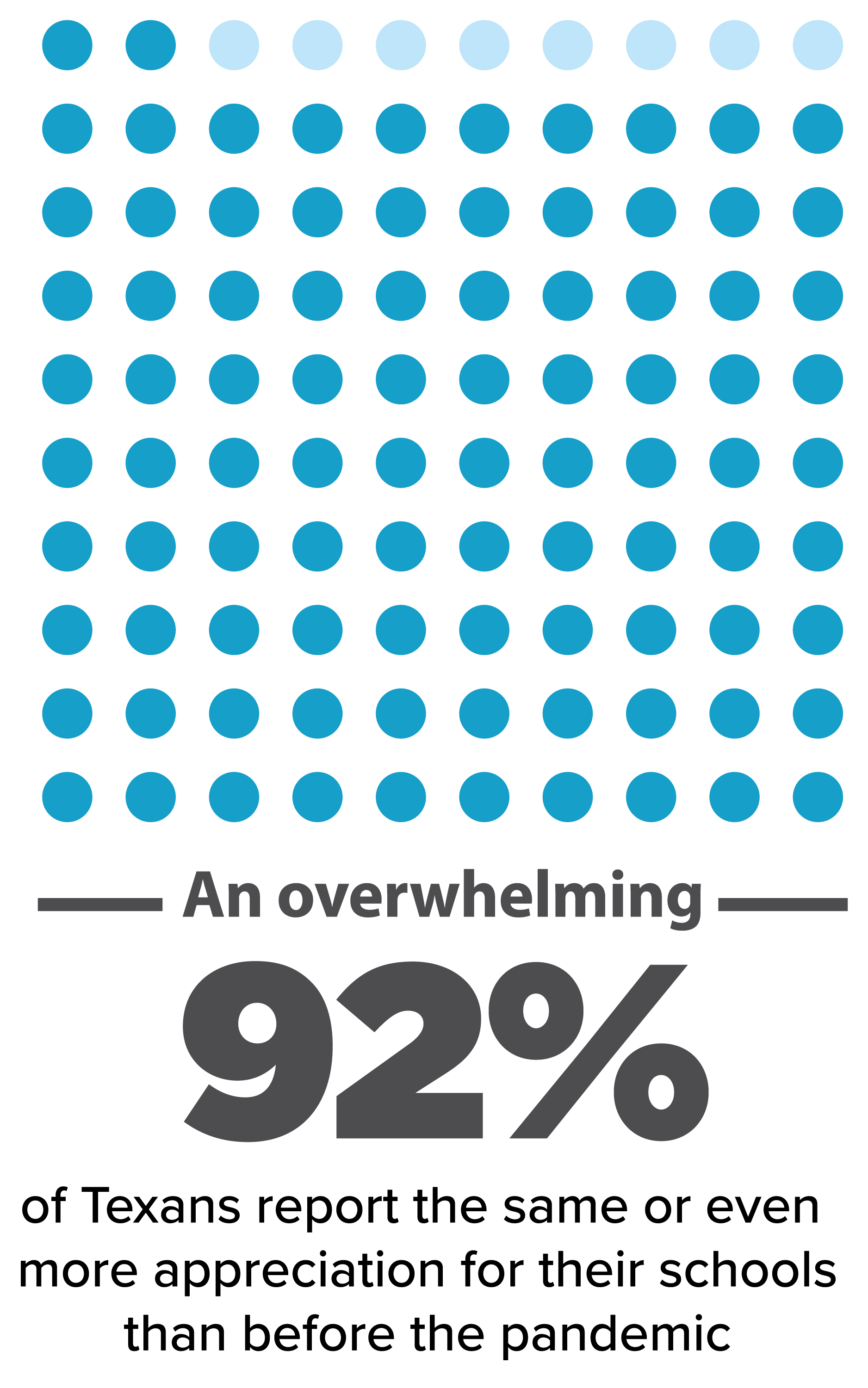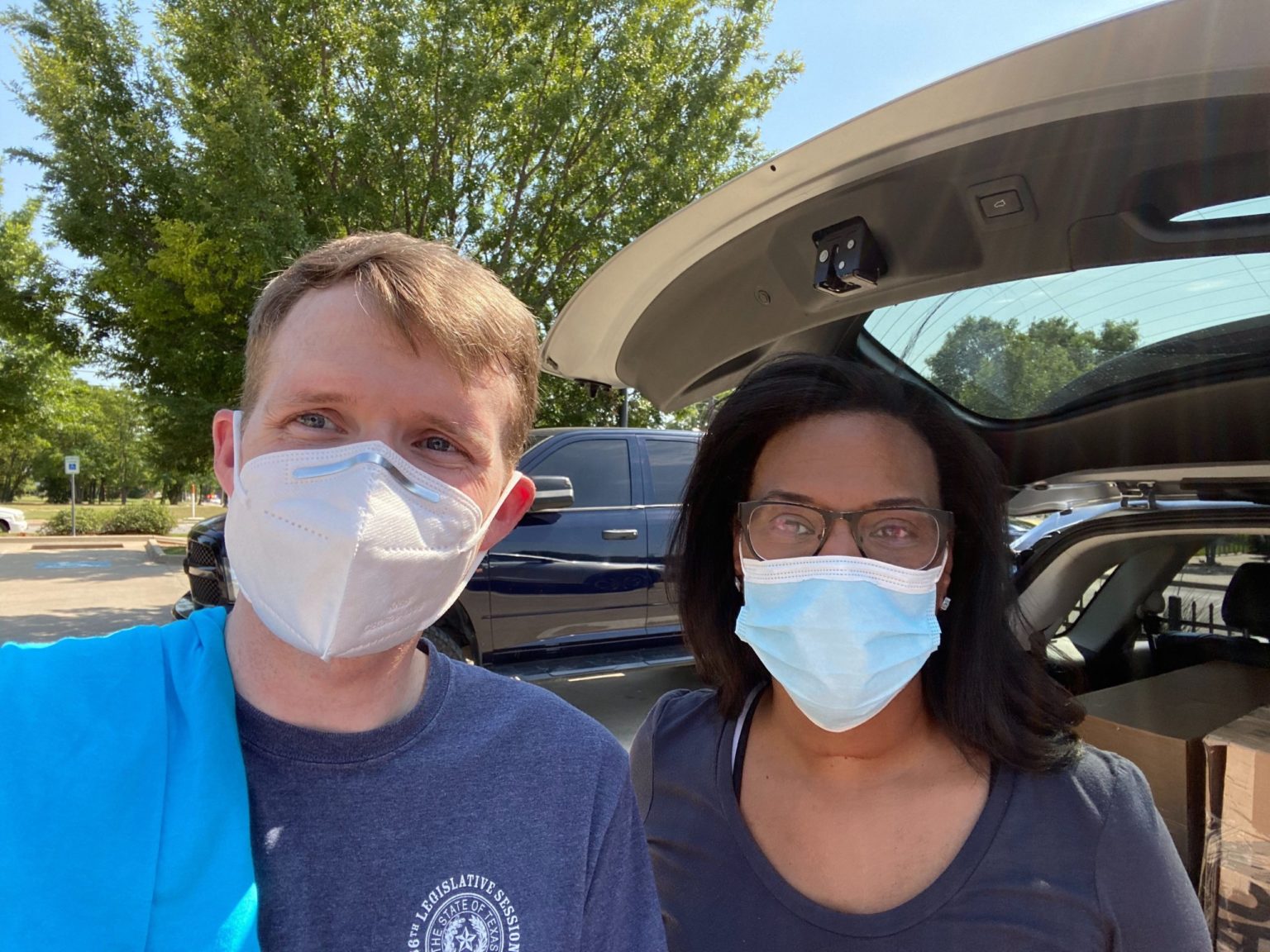
categories
Above And Beyond

January 29, 2021
School leaders and educators are going to remarkable lengths reaching and serving their students.
From the plains of Amarillo, to the sprawling Dallas/Fort Worth suburbs, to the urban centers of Houston, school districts have worked tirelessly throughout the pandemic to continue reaching and serving every Texas student. At a time when our public schools need support more than ever, when new polling shows Texans admire and respect them more than ever, school leaders and educators have shown grace, grit, and resiliency as they navigate the many hurdles of the COVID era.
Enrollment declines represent one of the greatest challenges faced across the state as some students are not returning to either in-person or virtual classes. Districts are going above and beyond to locate those students and ensure they are connected to their local schools.
 From setting up call centers, to knocking on doors, there are countless examples of the lengths districts are going to find students who are not showing up to school, either in-person or virtually.
From setting up call centers, to knocking on doors, there are countless examples of the lengths districts are going to find students who are not showing up to school, either in-person or virtually.
“One of the things we did was just really have some conversations with parents of students that were chronically absent, identifying the root cause. That in itself ended up being an intervention, because once we had a conversation, they were like, ‘Oh, I really should bring my child to school,’ said Satoya Williams, with READ Fort Worth, an organization that partners with Fort Worth ISD to address literacy. “Knowing how impactful that is, knowing that we have to help support families … because, as we know, if students are not attending, whether it’s in-person or virtual, they’re going to get further and further behind.”
Here are few examples of what districts are doing to serve Texas’ children and families:
- In Fort Worth, the school district is partnering with a local nonprofit organization to stay connected with students and families through door-to-door visits and planning COVID-safe events to provide necessities to families.
- In Central Texas, Hutto ISD has grown enrollment by sending their parent support specialists out to homes to locate students who had yet to enroll this school year.
- In Amarillo, school district leaders focused on the youngest Texans and purchased data for pre-kindergarten age students to cross-reference with their enrollment data. For those not enrolled in the district’s pre-kinder classes, the district contacted parents to let them know the district will be there for them whenever they are ready to enroll their child.
- In Irving, the district campus operations team canvasses feeder neighborhoods every week to locate students who have not enrolled. This story from the Dallas Morning News highlights the many challenges the team is learning that families are facing right now as a result of the pandemic.

What all these efforts have led to is one common lesson: connecting with families is essential during this time as they face so many obstacles that could prevent them from accessing school.
“We always focus on building relationships with the student and we do a great job at that. This has allowed us to build a relationship with the student and the family,” said Terri Walker-Burston, a teacher in Fort Worth ISD who participated in front porch visits in her community organized by READ Fort Worth. “It is not just about the academic learning for the child. I think that it is important for us to reach the whole child, and having them be able to talk to you or just walk with you in the neighborhood.”
While districts are working to find and get students reconnected with their schools, they know that the attendance problem is a temporary one — the overwhelming majority of students will return. But that temporary attendance issue could turn into a long-term budget problem that leaves schools less able to support students when they do return if the state does not act soon.
Districts are waiting on the state to provide funding based on historical attendance data — what is referred to as “hold harmless.” Without the hold harmless funding, superintendents across the state face tough budget cuts to programs, teacher ranks, and other critical areas, plus the likelihood of increased class sizes.
To be clear, the funding districts are waiting on from the state is not additional money. This is funding that has already been approved, that districts have budgeted for, and that schools are counting on to get them through the school year.
Some state officials point to declining enrollment as the reason for these potential declines in funding. However, the decline in enrollment is not the fault of districts that are working tirelessly to find and enroll students under extraordinarily difficult circumstances to recover their students. It’s imperative that the state extend the hold harmless waiver though the end of the school year so that districts can continue their heroic efforts to combat learning loss from the pandemic.
Have a story to share about an educator or school district going #AboveandBeyond to reach and serve their students?



